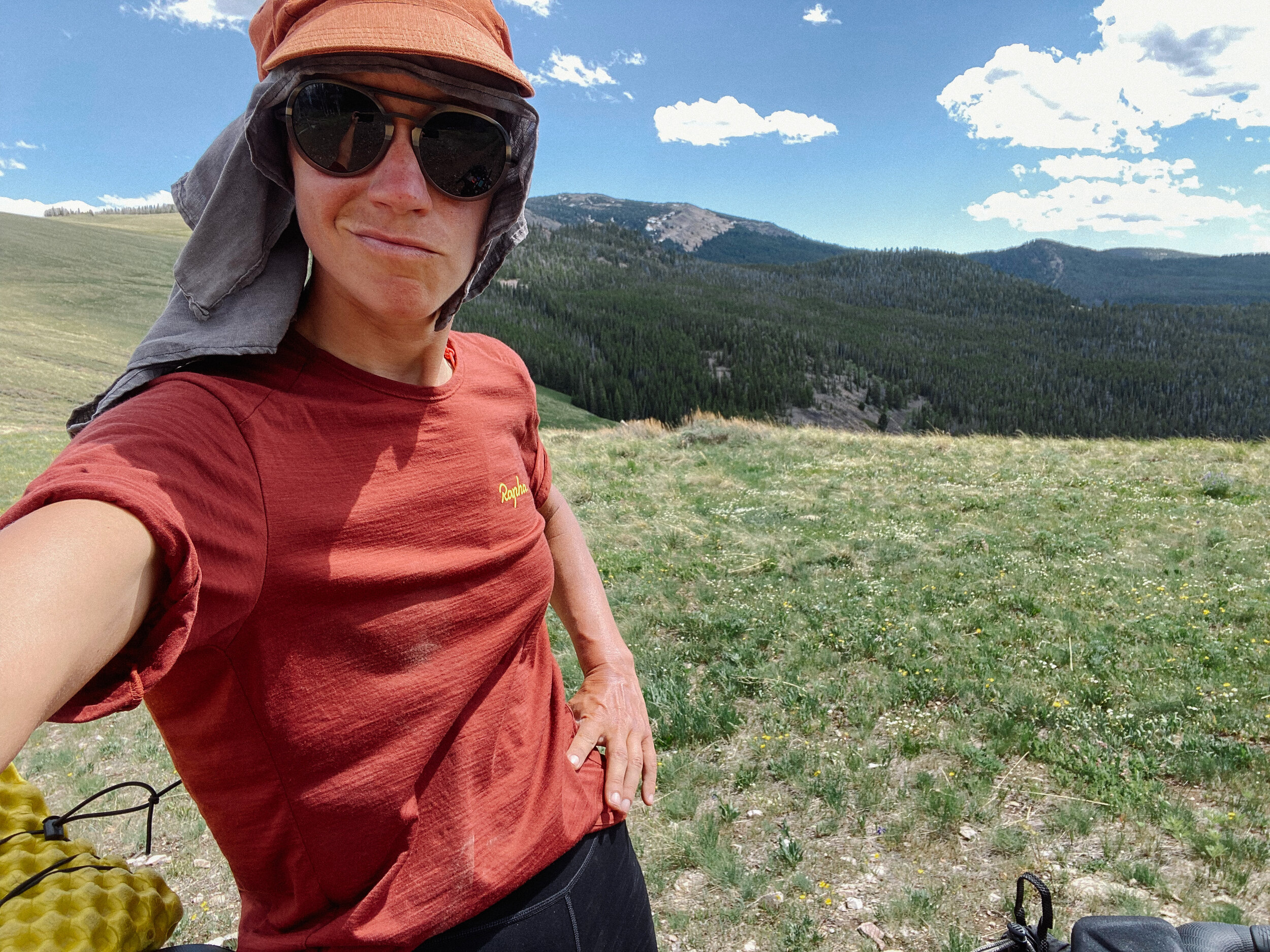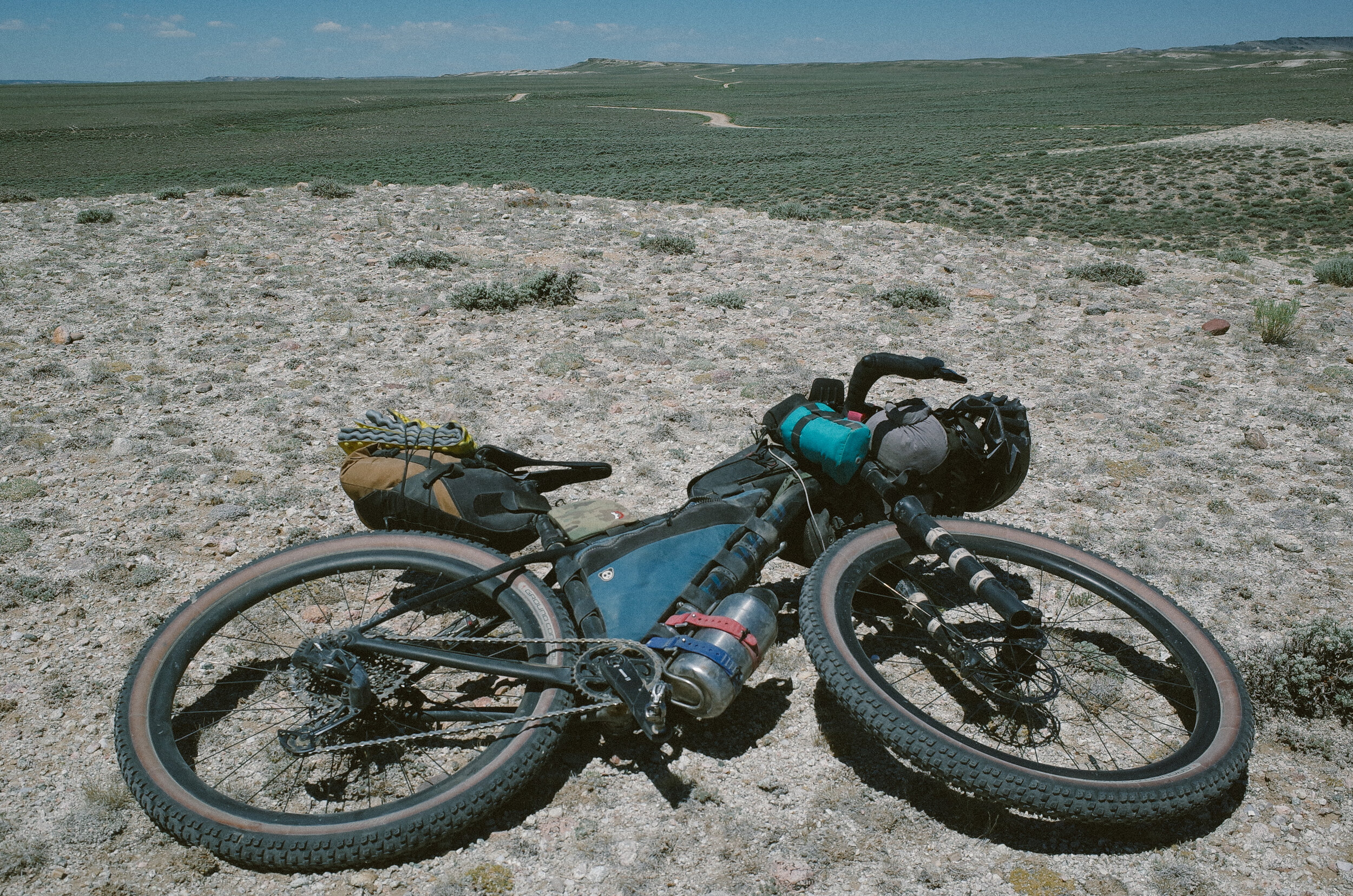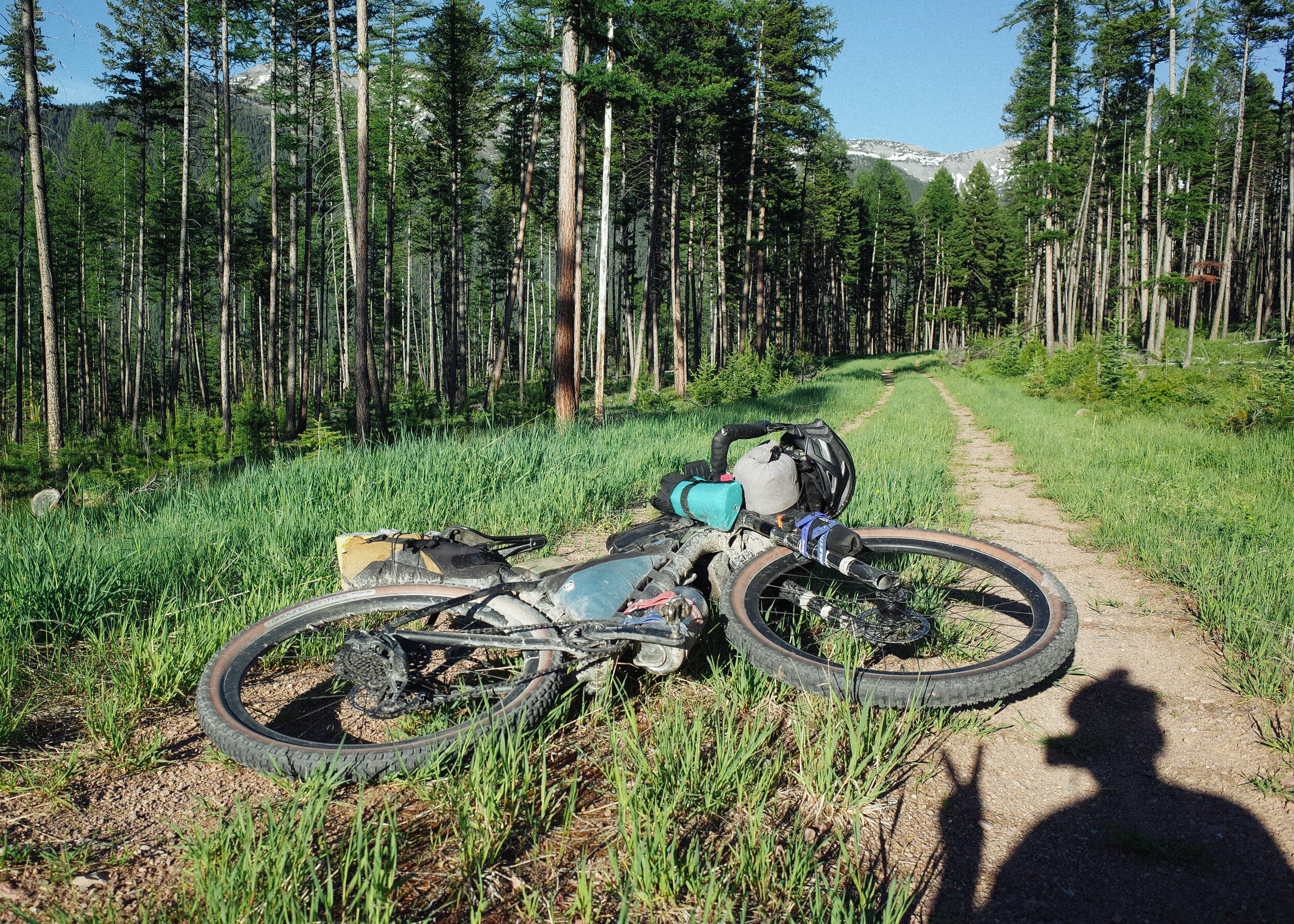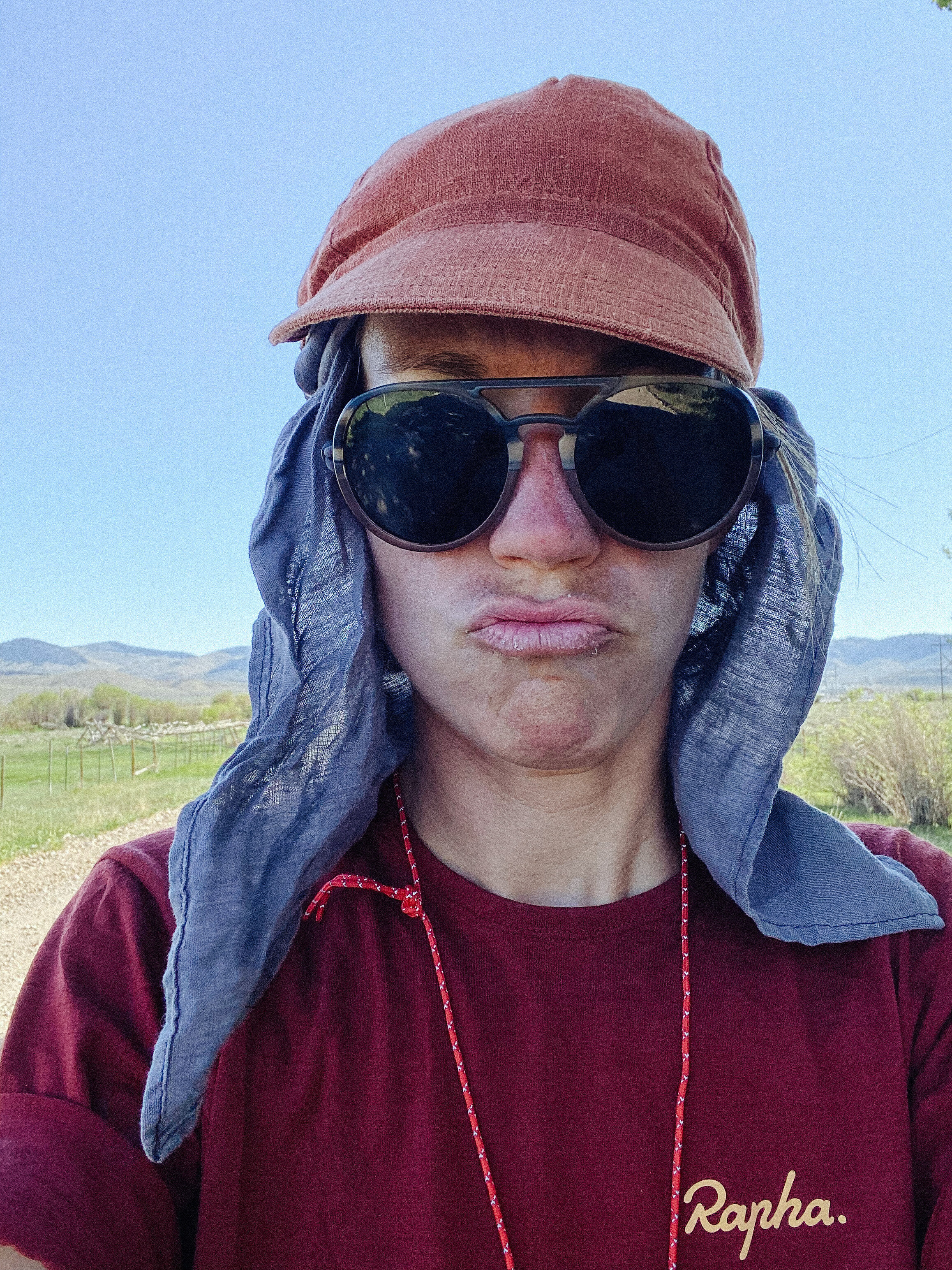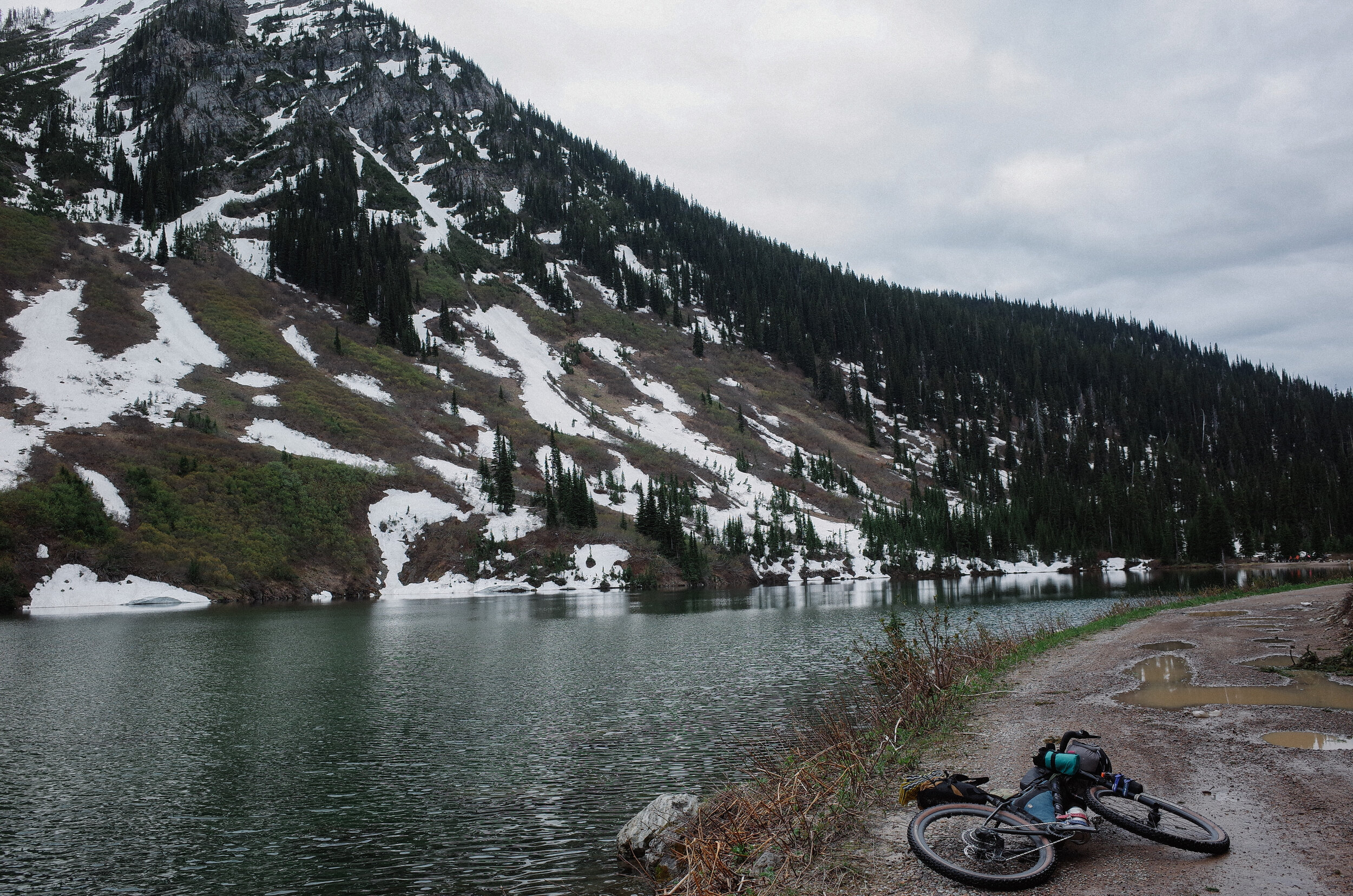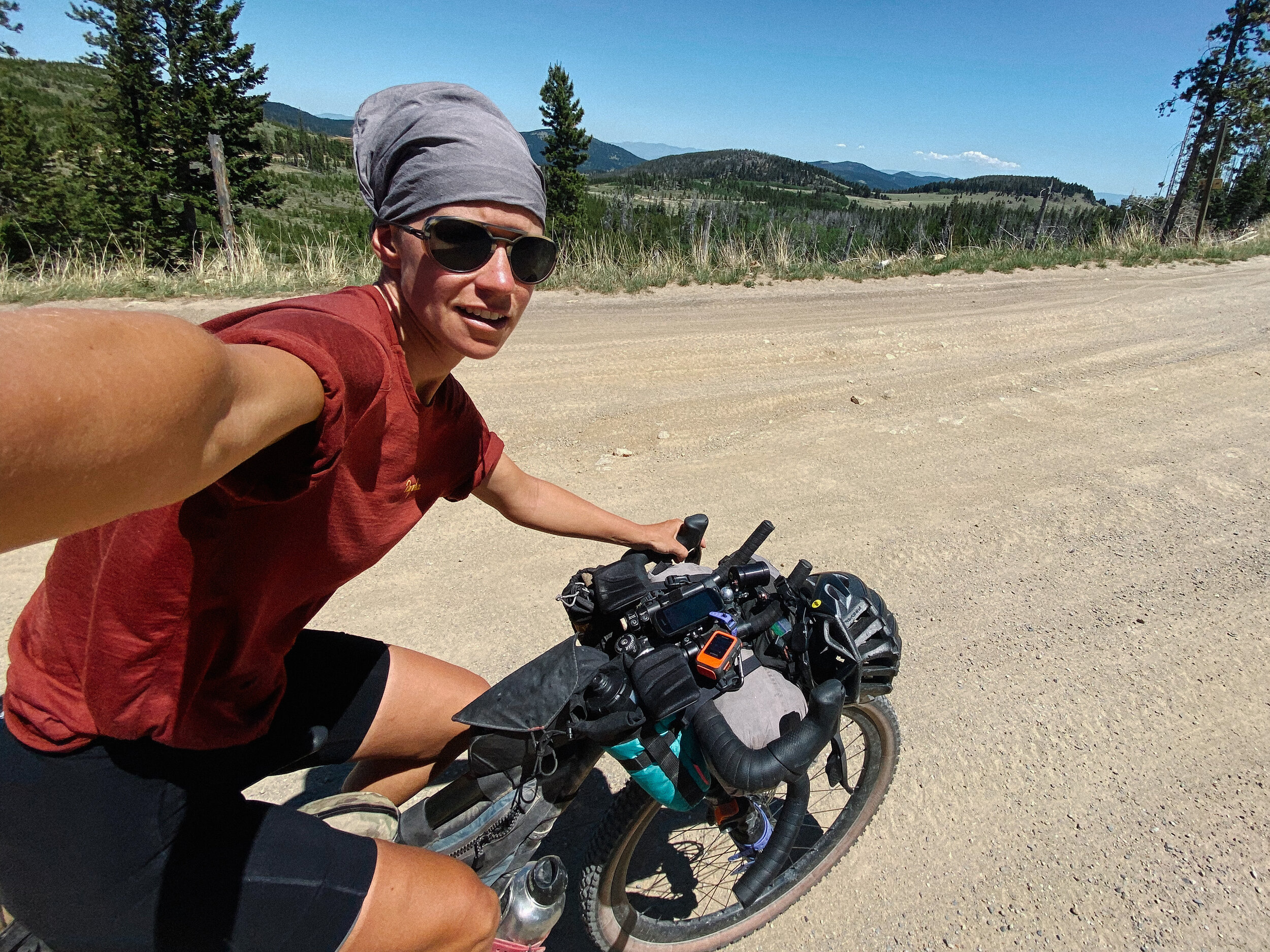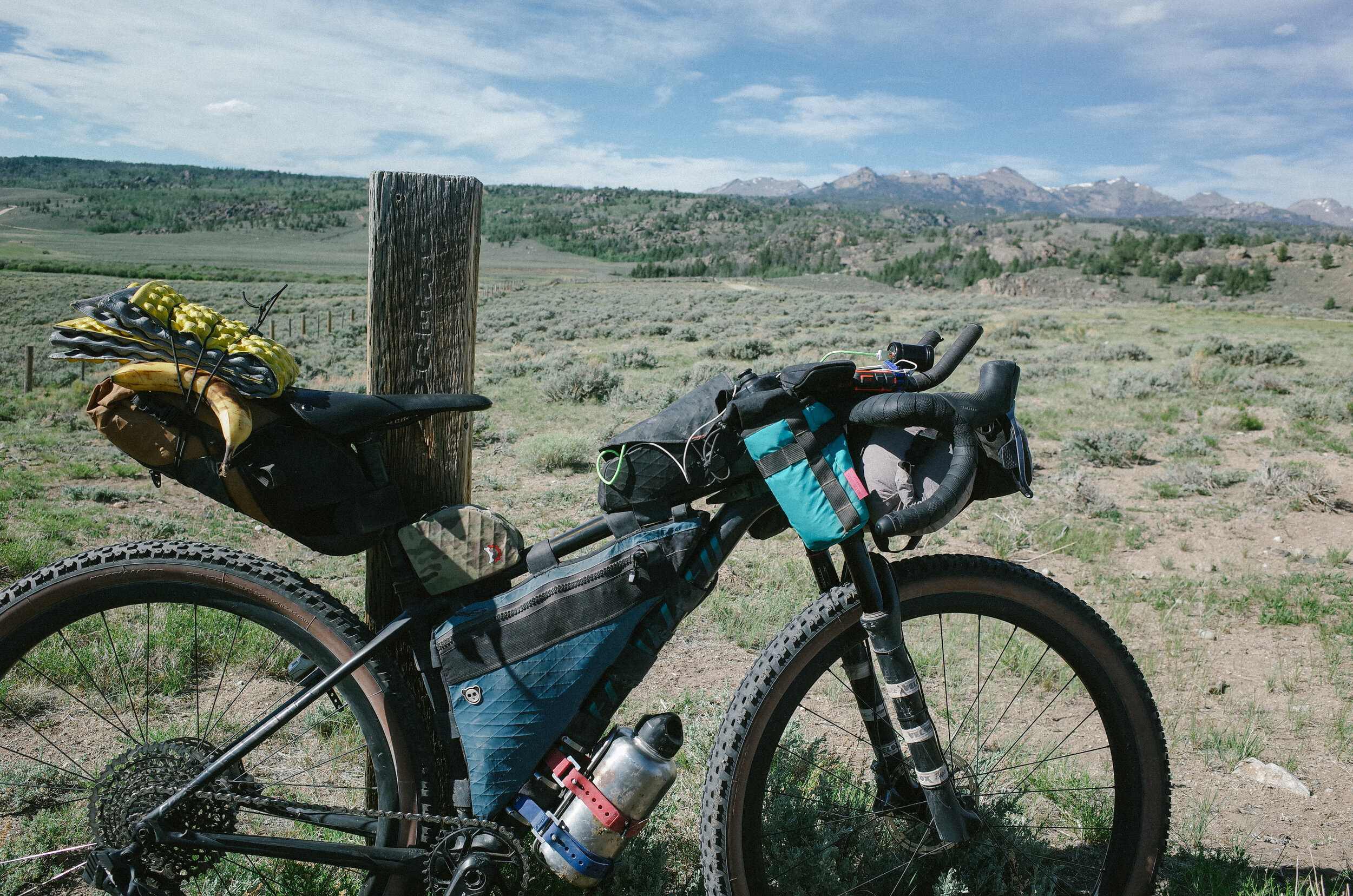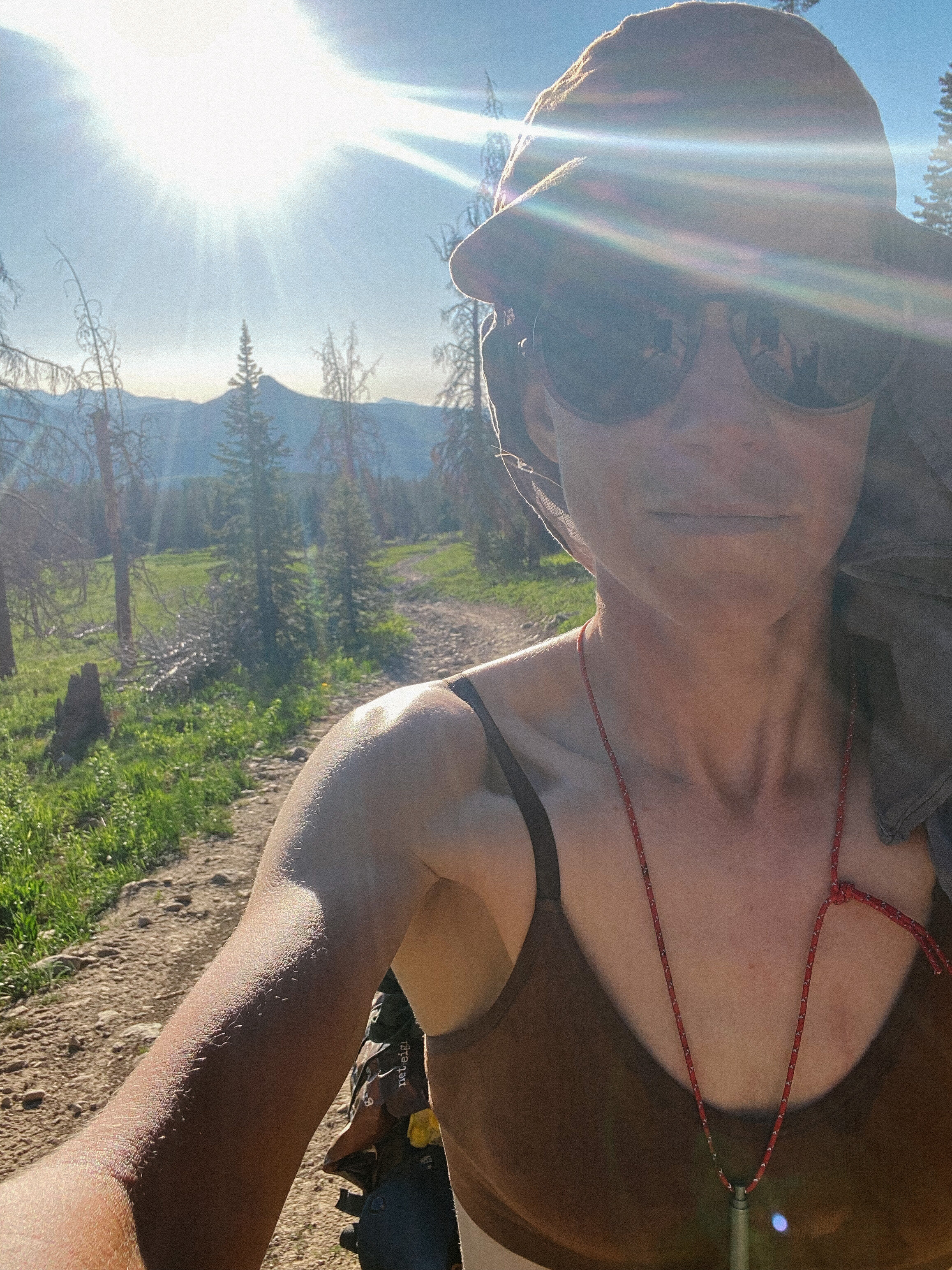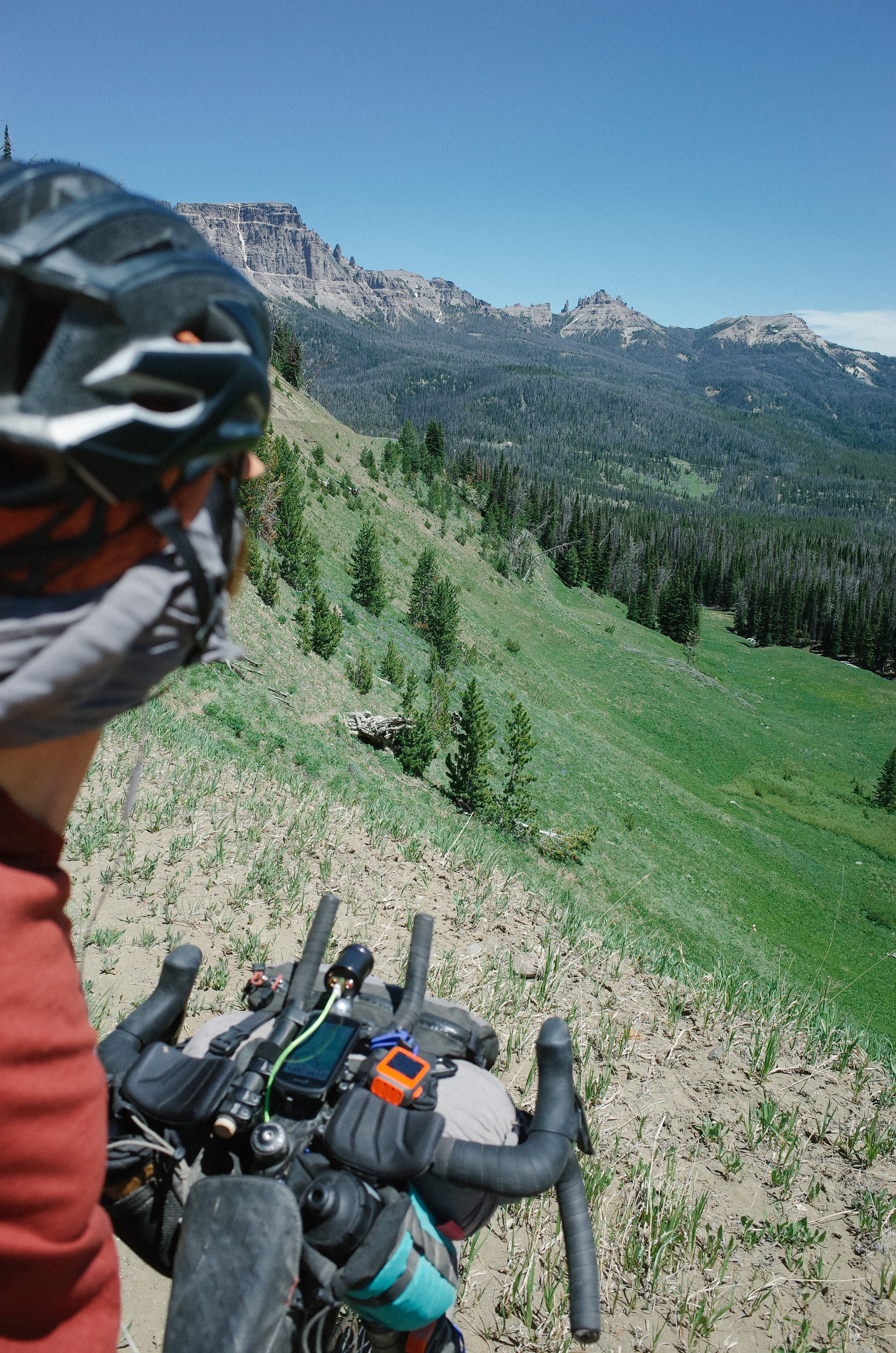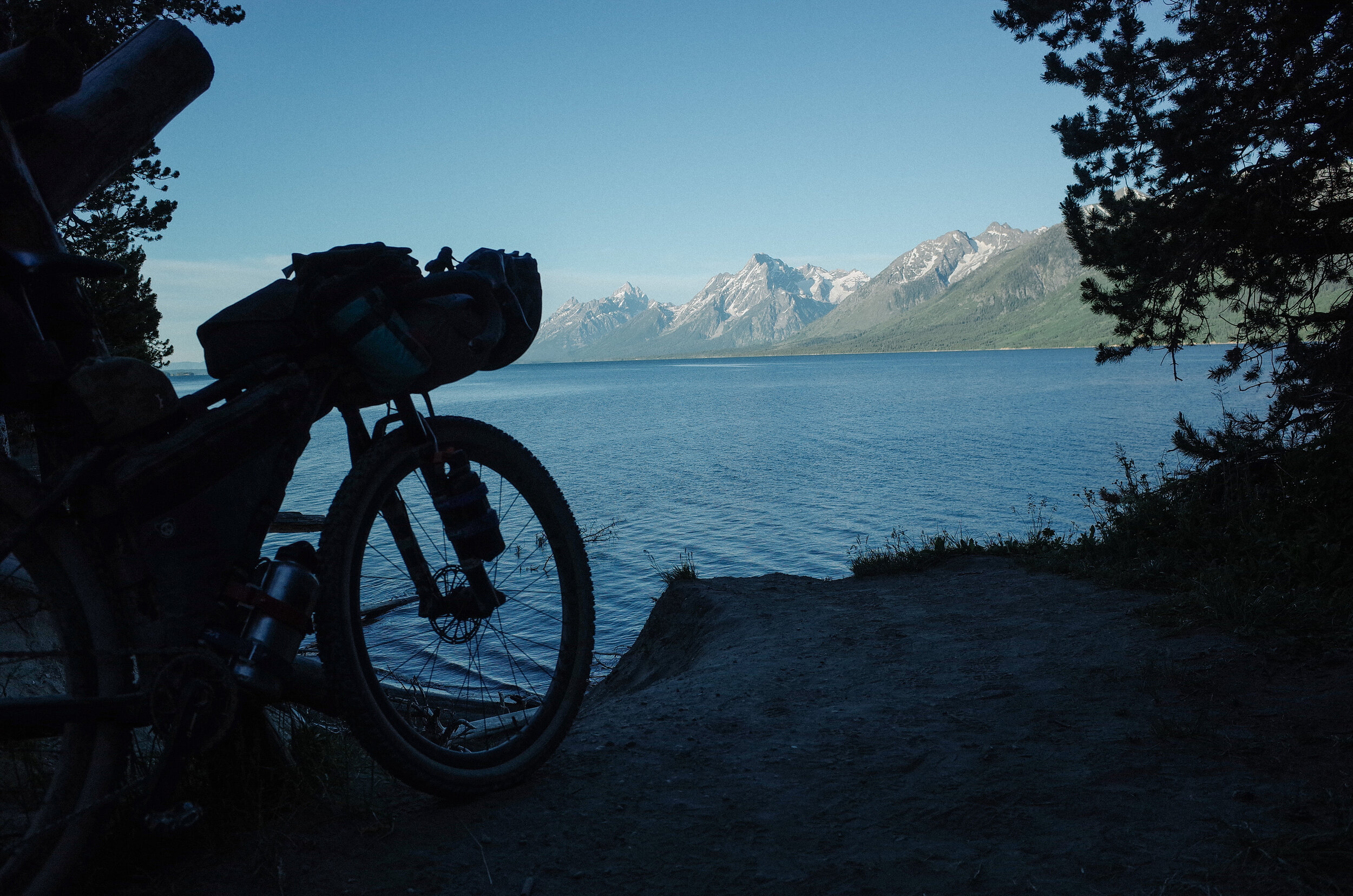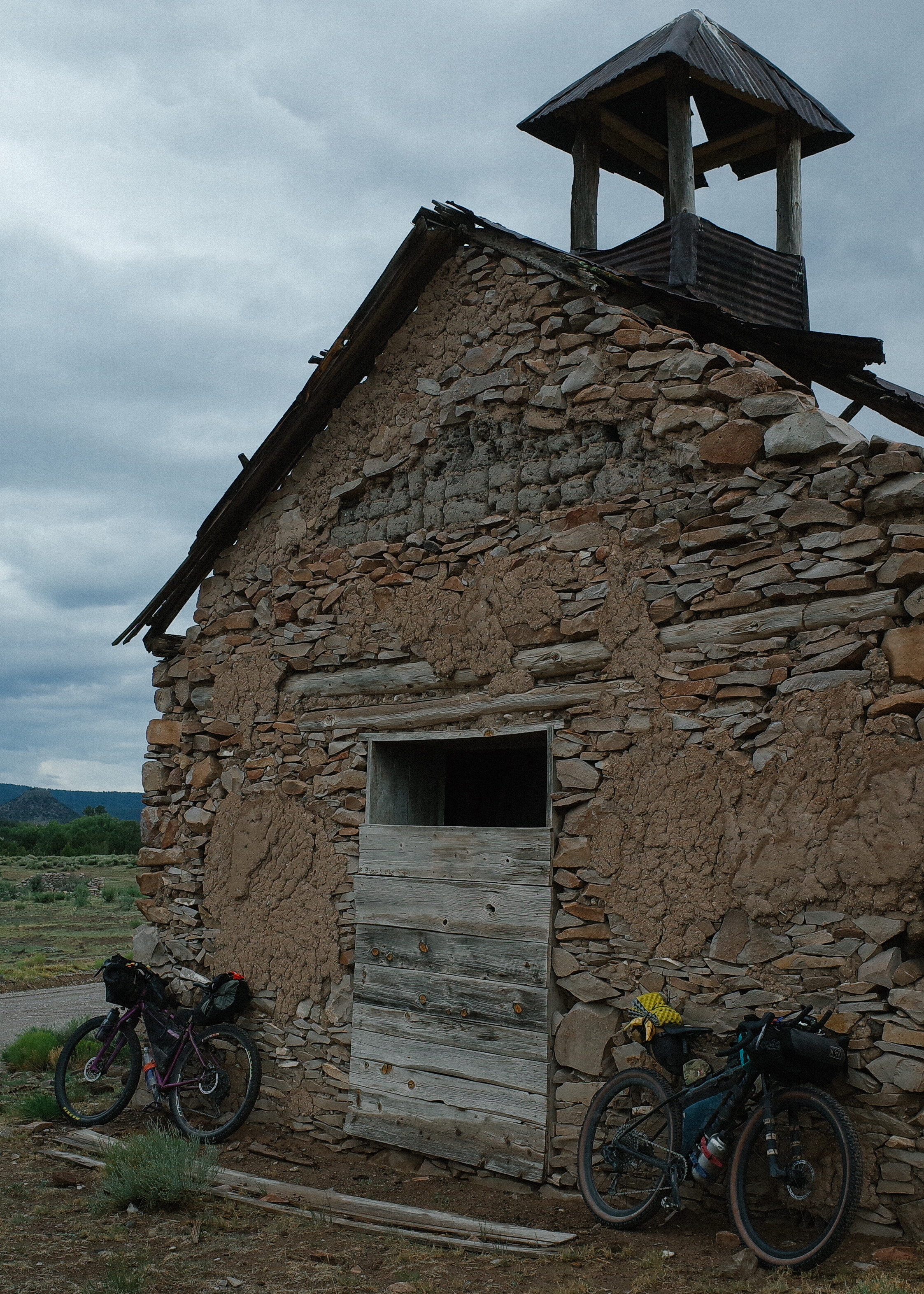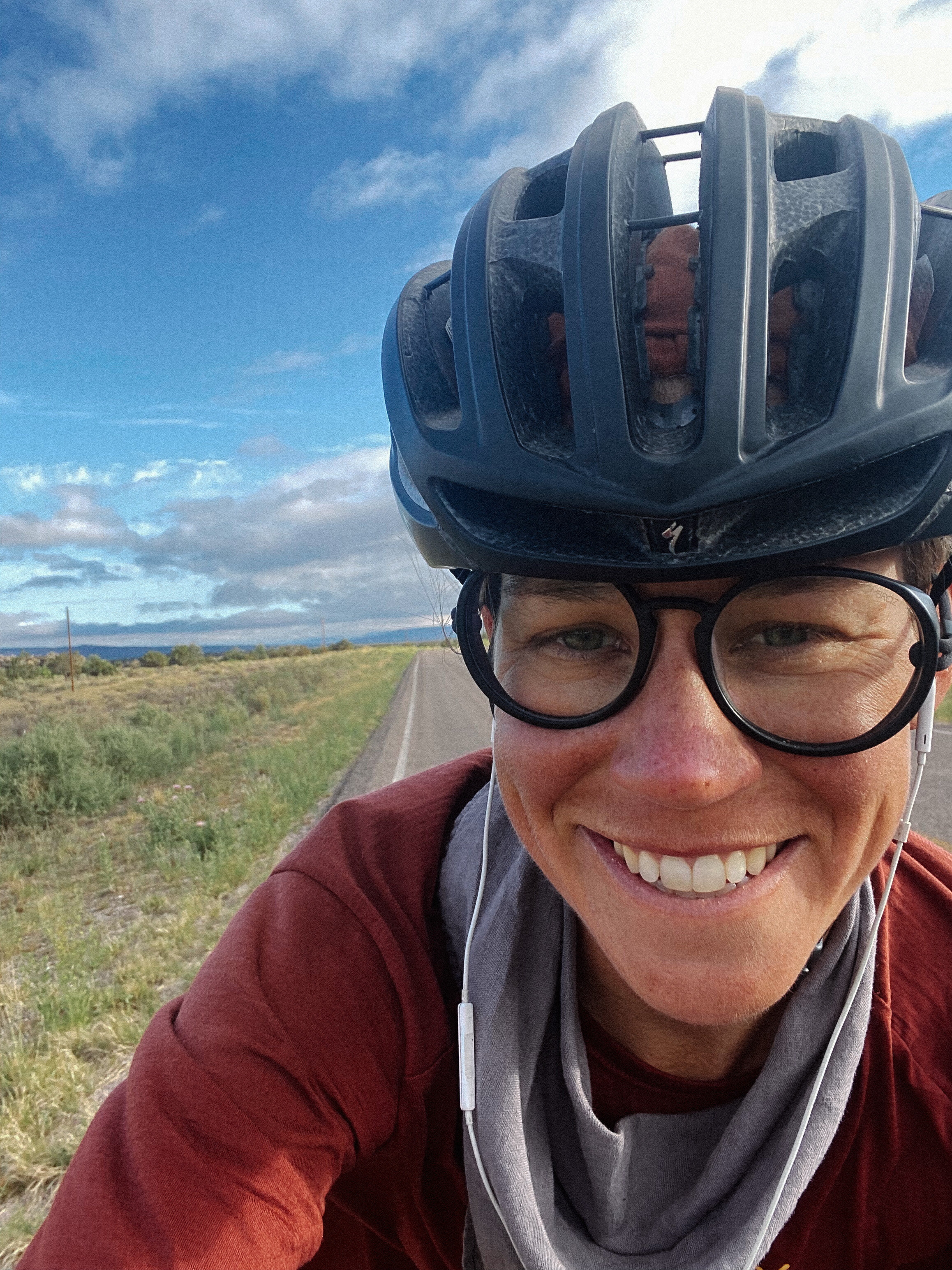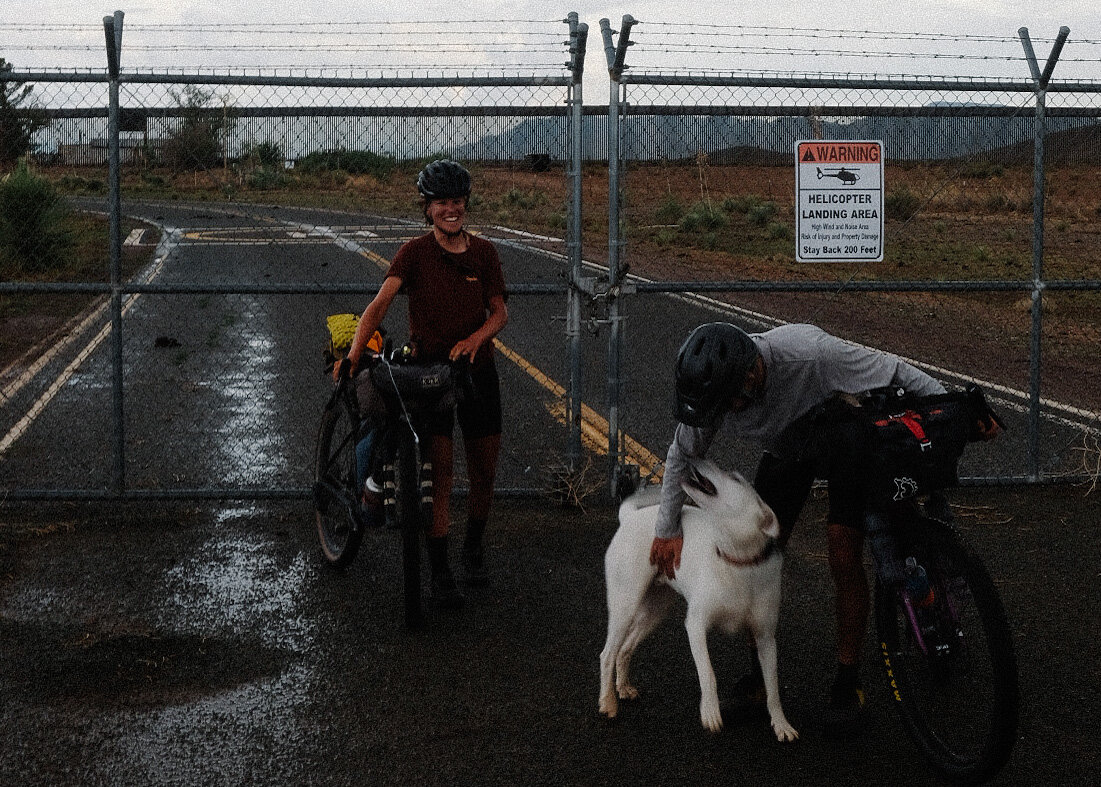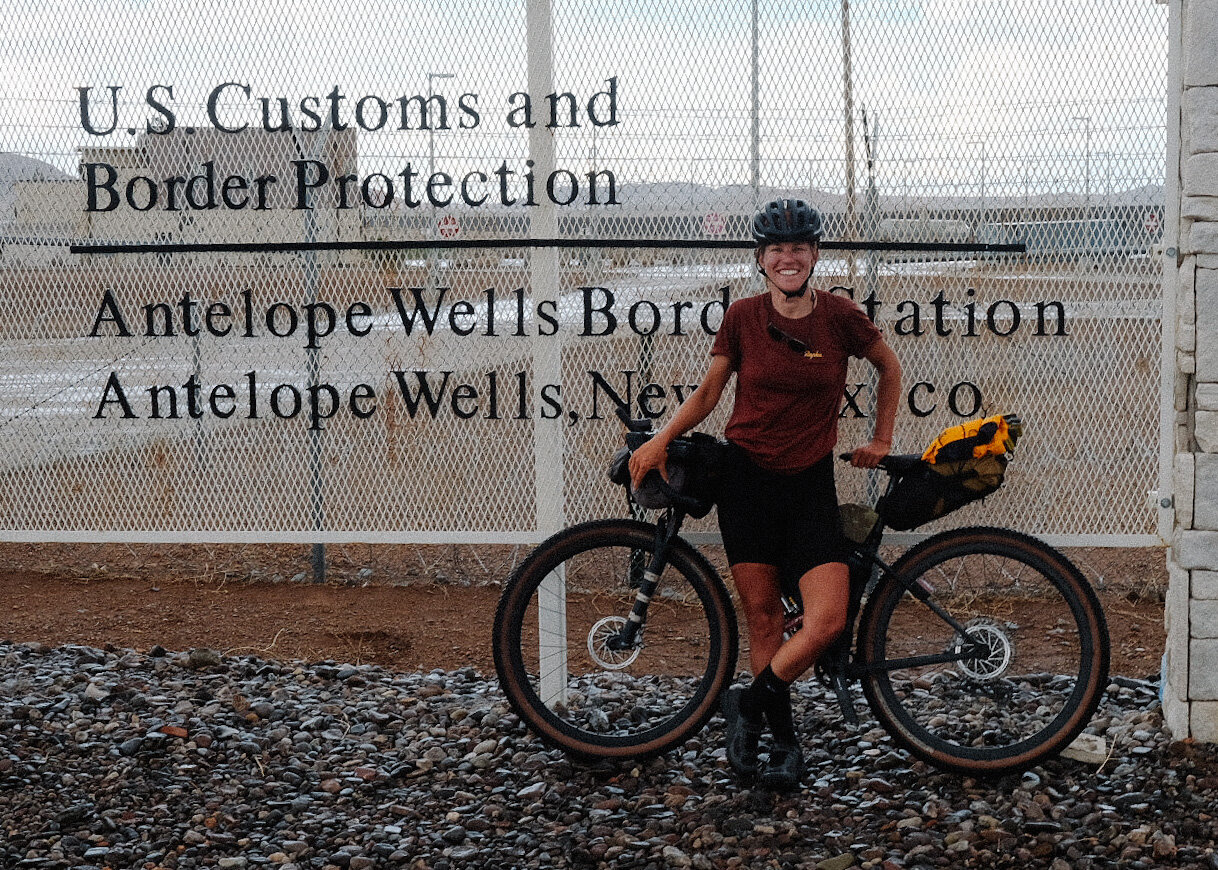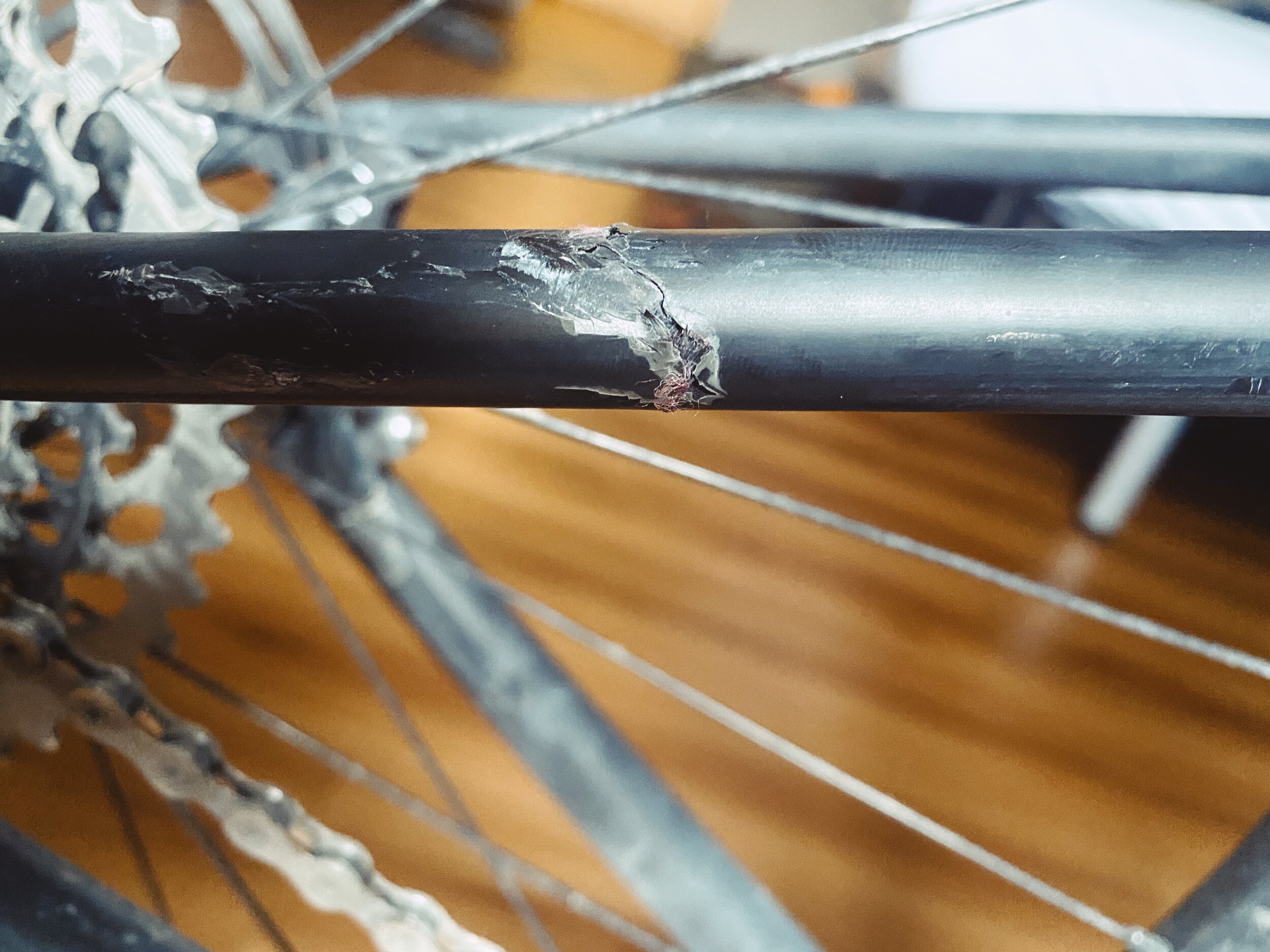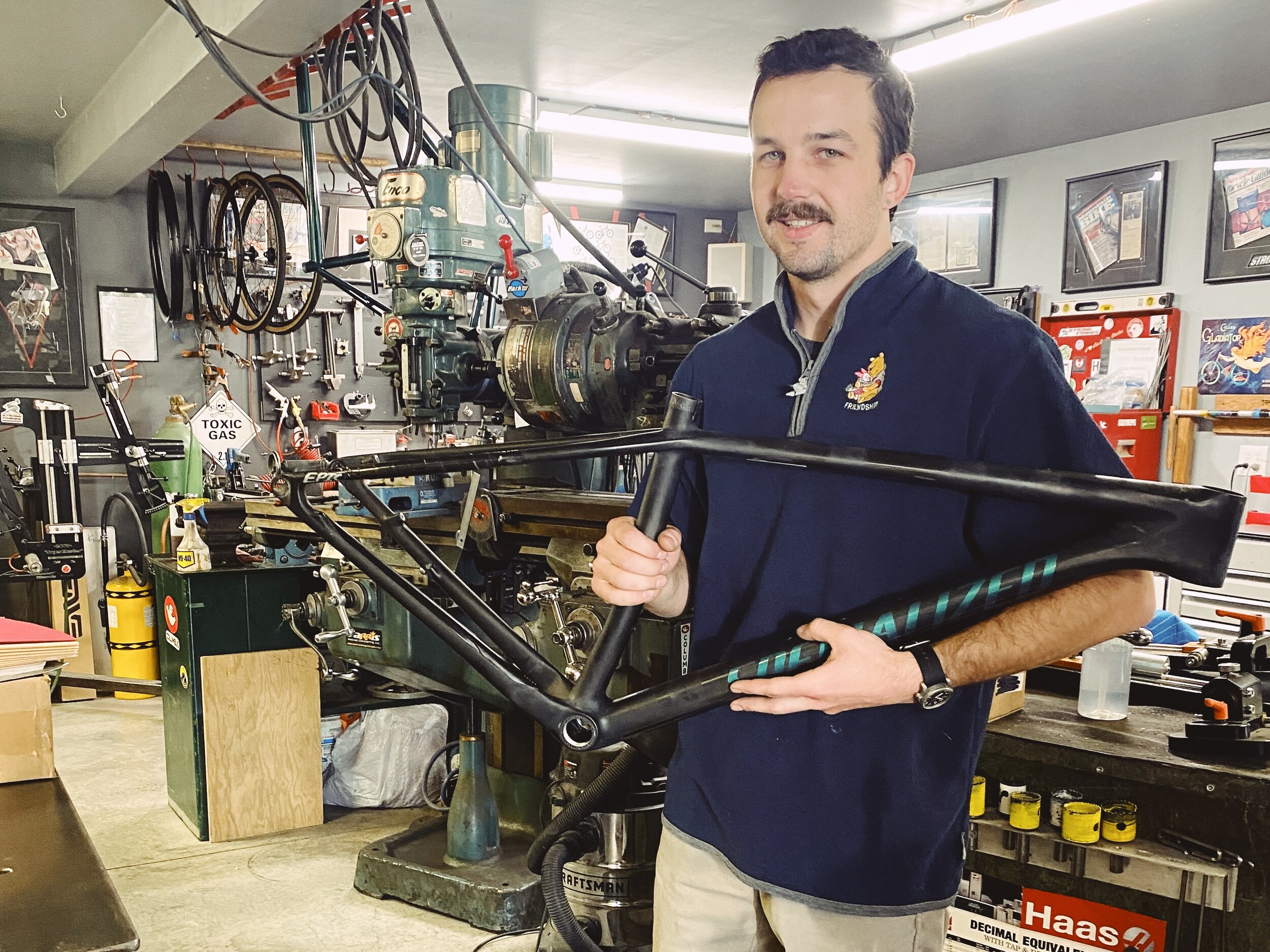This story was originally published by Rapha.
On the way to competing in the Tour Divide, I hit a devastating bump in the road. Facing the prospect of having to bow out of the race, I wasn’t willing to go down without a fight.
It was four days before the scheduled start of what would be the most daunting ride of my life. For the past two months, I had dedicated all of my energy to prepare my mind, body, and equipment to spend between 25 and 32 days testing my stamina in what is considered the most challenging mountain bike race in the world, the Tour Divide. With a completion rate of 40-50% of the riders who embark on the ride, finishing this ride is no small feat and not guaranteed. Due to border closers caused by covid, the race would start at the Roosville, Montana border crossing with Canada generating a total course length of 2,500 miles with over 150,000 ft of climbing along the Continental Divide terminating in Antelope Wells, New Mexico. The route travels through five states; Montana, Idaho, Wyoming, Colorado, and New Mexico, and follows primarily dirt roads with a mix of pavement and single track thrown in. The rule for the race is to travel through the course completely self-supported in as short of time as possible by relying on services and resupplies that can only be found in the small towns along the route. Packed up, I would be pedaling a 57 pound mountain bike with drop and aero bars laden with a bivy, sleeping bag and pad, layers of clothing, spare batteries and parts, tools, 3 liters of water, and capacity to carry up to 2.5 days worth of food. To prepare for such an undertaking required the help and support of my partner Adam, and many friends, family members, bike mechanics, therapists, and sponsors.
The journey began with a three-day drive from my home in Durango, Colorado, to the start line in Montana. Adam and I were wrapping up a long day of driving and looking for a place to camp for the night south of Seeley Lake, Montana, when we drove over a large bump in the tarmac at 60 mph. The entire truck bounced like a sea-saw that caused us both to cringe when we heard a snap and saw something in the rearview mirror. "What was that!?" I yelled. "It was a bike..." Adam answered. "Was it your bike??" I asked desperately. "I think it was your bike..." he responded. We stopped the car, and I got out to confirm that my Tour Divide bike lay one hundred yards down the road. I ran toward it hysterically like it was a loved pet that had just been hit by a car in front of me.
I picked up the mangled bike in disbelief. The handlebar tape, seat, derailleur, and pedals were shredded. The hoods were shifted and ripped. All the top straps of the frame bag had ripped off during the impact. At first, it seemed that all the damage was superficial until I noticed what would be catastrophic for my ride, a fully cracked seat stay on my carbon frame. I dropped the bike back on the ground in nauseous shock and walked back to the car without it. My race was over. Everything I had done to prepare was a waste of time, money, and energy. In a fit of rage, I kicked the car door. Adam picked up the pieces of my bike and put them in the back of the truck. There was no point in continuing toward the border, so we turned the car around and headed back in the direction of home, stopping in Missoula, Montana, for a sleepless night. I was completely numb and unable to accept how my reality had suddenly and drastically shifted. As Adam started YouTubing various ways to fix carbon bikes with supplies purchased from a hardware store, I realized I could not give up on my dream of completing doing the Tour Divide so quickly. So, I texted the one person I knew in Missoula, Russ Roca of Path Less Pedaled, and first asked if he knew anyone who could help mend my frame bag. Russ put me in touch with the folks of Bedrock Sandals, who offered to meet me at 8 a.m. the following day.
I then asked if Russ had any leads on anyone willing to fix a cracked carbon frame. It was a more significant task with a low likelihood of a positive outcome. Russ did not know of anyone, but he generously offered his bike for me to ride. I thanked him for that and his help thus far, but I knew I was unwilling to ride someone else's bike on such a long journey. Then, Russ followed up with another text, "you might want to try contacting Pursuit Cycles in Bozeman. They are a carbon manufacturer and don't do repairs, but you could at least ask." I immediately sent an email to Pursuit Cycles explaining my situation. It was 1 a.m., and I felt like I had done everything I could for the night, so I laid down and tried to get some sleep. That night I dreamt of my bike fully working and of riding and finishing the Tour Divide. Unfortunately, I would wake between these dreams to the reality of a broken frame and shattered aspirations.
When I finally woke the following day, I checked my phone to find an email from Carl at Pursuit Cycles saying they would do their best to help, considering the monumental ride I was trying to take on. I would need to travel three and a half hours southwest to Bozeman and have my bike stripped down to the frame, but they believed they could successfully repair my seat stay. Just like that, my reality shifted again. I now had hope, and my adrenaline started pumping again. We stopped by the Bedrock Sandals office, and they repaired my frame bag in under ten minutes, then we set out for the drive to Bozeman. Upon arrival in Bozeman, my friend Adam Sklar of Sklar Bikes removed all the parts from my frame in under twenty minutes. I was able to drop my frame off at Pursuit Cycles by 2 p.m., and they promised it to be ready by 7 a.m. the following morning. With only three days until the start of the race, it was looking like I would be able to do the Tour Divide after all. Overwhelmed with gratitude, I waited for the repairs to be made as I spent the rest of the day celebrating with new and old friends over good food, beverages, and a bike ride (on a loaned bike).
The next day, I picked up my repaired frame and then took it to my friend Mason, who owns Alter Cycles, to build it back up before opening the shop that morning. A few hours later, I installed the bags back on my bike and securely placed it inside the truck for the final drive to the start line. I was going to do this ride!
I ended up completing the Tour Divide in 21 days, 4 hours, and 10 minutes, four days earlier than my goal and eleven days earlier than my time limit. In every way, I exceeded my expectations for the ride, physically and mentally. Within the first few days, I realized that I could ride so much further than 100 miles per day. Those early days were all about learning what my limits were; how far I could go, how much sleep I could sacrifice, how many days I was willing to wear a single dirty chamois, and if I was motivated enough to chase after first place. I learned that I could go anywhere between 100 and 150 miles per day depending on the elevation and the terrain; I have little desire to ride in the dark; I love sleeping between six and eight hours a night; I could tolerate wearing a dirty chamois for about four days; and that while I was tempted at first, I was unwilling to chase down first place because that was not what I was there to do. I'm sponsored as a lifestyle athlete, after all, not a racer. I was there to do the best ride I could do, challenge myself to meet my goals, stay healthy, happy, and have fun while doing so. I feel like I accomplished all those things due to several reasons:
Before the ride, I took as much pressure off myself as possible by setting a goal (25 days) and limiting the amount of time I would be willing to be out on course before calling it quits (32 days). I had not ridden one hundred miles per day for more than three days in a row in over six years. I also did not pedal over 65 miles in one day to train for this event. Therefore, I had no idea how my body would react to this undertaking. I also overestimated how difficult the route would be compared to the more technical and steep terrain I was training on in Durango, Colorado. Essentially, I underpromised and over-delivered, which set me up to feel accomplished the entire time rather than setting too hard of a goal and not meeting the expectations for myself.
I was incredibly grateful and amazed that I could even do the ride considering my bike had broken only a few days before starting. I felt like I had an entire village of support behind me -this did not feel like pressure; it felt like jet propulsion.
I am no stranger to living on my bike for months on end. I know how to take care of myself during these long rides. I know when it's time to get a hotel, do some laundry, or call my parents to get a little emotional boost.
With rides like the Tour Divide, I feel like there is the perception that you have to suffer to be successful. I can't entirely agree with this, especially if you are like me and it is your goal to finish and not necessarily win. Sure, there are some moments of suffering: like being at an altitude of 10,000 ft in the pouring rain, cold and soaked with lightning bolts crashing down; having my handlebars break 1,000 miles into the ride, and needing to pedal 300 miles to the next town to replace them without riding in the drops; outrunning a rapidly spreading forest fire, riding through fresh cow dung for ten miles; hike-a-biking without pants due to saddle sores; getting stuck in peanut butter-like-mud; riding through a 30 mph headwind and crosswind for 50 miles through the Great Basin, or my stomach rejecting a Chipotle burrito and having it come out both ends at the top of Boreas Pass resulting in a bad case of hemorrhoids. But, just like the reality of my bike frame being broken and fixed, these all were just moments in time that pass. My suffering on the Tour Divide was not any different from anyone else's doing the Tour Divide; in fact, it was probably a lot less. In these most challenging moments, I would repeat the mantra to take each moment at a time, each day at a time. I would think about how grateful I was to be there and all the people who helped me get there. I would envision myself finishing and the emotions associated with that accomplishment. Finally, I would focus on my surroundings: the abundant wildlife that one can only see during the waking and waning daylight hours, the exhilarating thunderstorms, vibrant sunrises and sunsets, the aromatic piñon and sage, drenching downpours that the earth so desperately needed, and the awe-inspiring double rainbows that followed.
There is no doubt in my mind that I had my crisis-of-the-ride when I discovered my bike frame was cracked. The experience forced me to consider how much I wanted to do the ride and how far I was willing to go to make it happen. When my bike frame broke, and my handlebars eventually cracked, I doubled my commitment to finish the Tour Divide instead of quitting. Those crises' affirmed that I was doing what I loved to do, and I did not want to stop doing it. I could not have done it without the incredible support of my community. I am forever grateful, and I share my success with everyone who helped me get to the start and the finish.




